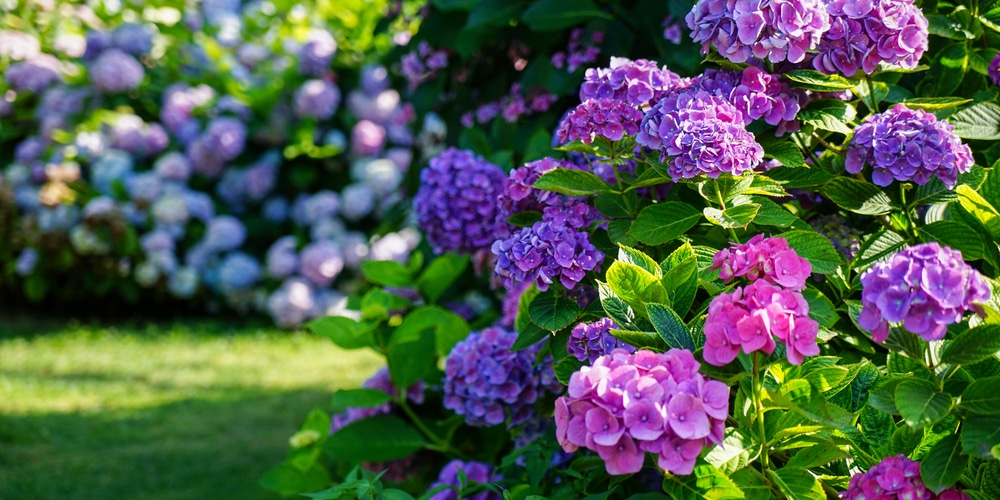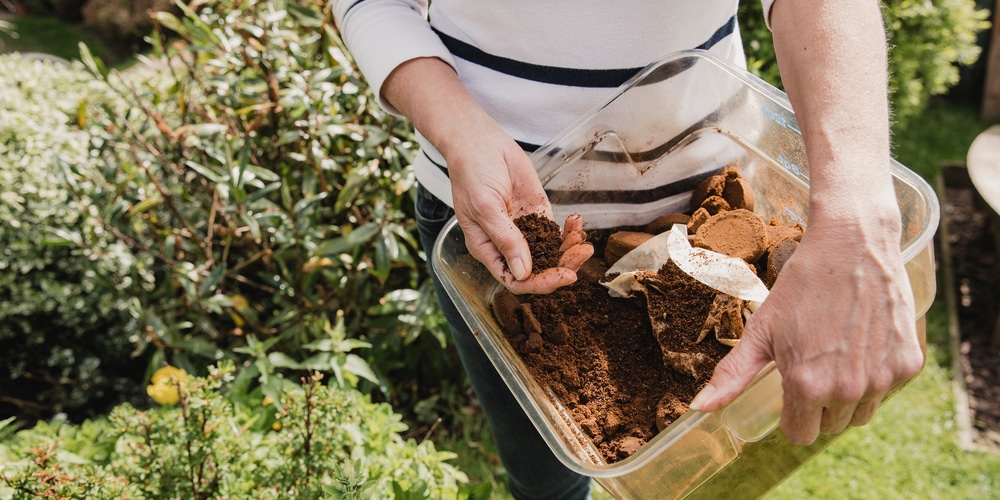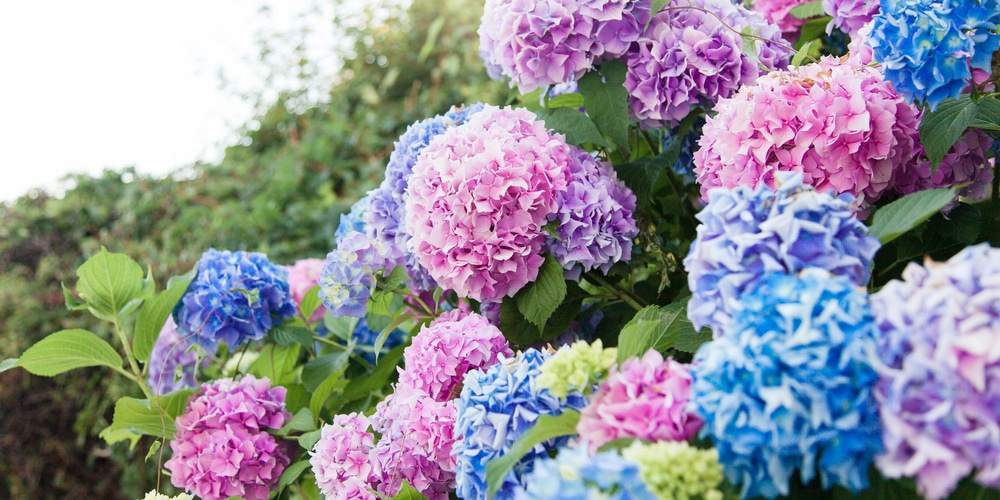Hydrangeas have always been a top choice for gardeners thanks to their vibrantly colored blooms, springing like fireworks against the deep green of their foliage.
With its diversity in colors, the hydrangea has become a staple in many gardens around the world.
Typically, hydrangeas often come in pink blooms, but these colors can be manipulated by changing the pH levels of the soil.
Quick Answer:
Coffee grounds can be good for your hydrangeas IF you need to make the soil more acidic. Acid can change its bloom color.
Effect of Coffee Grounds on Hydrangeas
Did you know that your hydrangea’s blooms are highly dependent on the pH levels of your soil? Those vibrant blue hues can turn into sweet-smelling pink flowers with just a slight change in acidity.
Coffee grounds are one way to lower the pH levels of your soil, making them ideal for hydrangeas that tend to produce pink blooms. By adding coffee grounds to your soil, you can create an acidic environment that will encourage your hydrangea to produce those gorgeous blue flowers.
Is it a Good Idea to Use Coffee Grounds on Hydrangeas?
If you’re worried about other effects of coffee grounds on your plants, don’t be! Unless you have no intention of lowering the soil’s pH, coffee grounds won’t have any other impact on your plants. And if you don’t like your blooms to give off that vibrant blue color, you may use eggshells instead for that pretty pink hue.
In fact, coffee grounds can actually be beneficial for your plants! These leftover grounds are rich in nitrogen, which is an essential nutrient for plants. Nitrogen helps plants to grow and produce healthy foliage, so it’s a great way to give your plants a little boost.
However, it’s worth noting that you should check your soil’s pH before using coffee grounds. If your soil is already acidic, adding coffee grounds will only make it more so. Too much acidity can be harmful to your plants, so it’s essential to keep an eye on the pH levels.
How to Use Coffee Grounds on Hydrangeas

It’s tempting to simply add coffee grounds to your soil and be done with it, but there’s a little more to it than that. Doing this alone will lower the pH levels of your soil, but it won’t be enough to create that desired acidic environment.
Additionally, layering your coffee grounds on your topsoil isn’t the most appealing sight. A better way to use coffee grounds is to mix them into your compost pile. This will help lower the pH levels of your compost, which you can then use to fertilize your plants.
Here’s how:
Add Coffee Grounds to Your Compost Pile
If you don’t have a compost pile, now’s the time to start one! Composting is a great way to reduce waste and fertilize your plants at the same time. To use coffee grounds on your hydrangeas, simply add them to your compost pile.
If you have a small worm bin, adding a cup of coffee grounds will suffice. This will help lower the pH levels of your compost and create a more acidic environment for your plants. You may want to check the pH levels of your compost occasionally to make sure it’s not too acidic.
Be sure to mix in other organic materials, such as leaves and grass clippings, to create a well-rounded compost.
You may want to do this gradually so you don’t bother the worms in your compost too much.
Use Compost to Fertilize Your Plants
Once your coffee grounds have been added to your compost pile, you can then use the compost to fertilize your plants. Simply add the compost around the base of your plant and water it in.
The best time to fertilize your plants is in the spring, but you can do it throughout the growing season as needed. Just be sure not to overdo it. You don’t want to add too much compost to your soil, as this can actually be harmful to your plants.
Repeat 2-3 Times Annually
As tempting as it may sound to do this monthly, as mentioned above, it’s actually best to fertilize your plants only a few times a year. Once in the spring and once or twice in the summer should be enough to keep your plants healthy and happy.
Are coffee grounds good for hydrangeas: Final Thoughts
There are fertilizers that are meant to lower the soil’s pH, but coffee grounds mixed into your compost is a great way to do it naturally. Not only it’s more accessible, but it’s cheaper too.
You can also use this on other plants that thrive in acidic environments, such as lilies, roses, azaleas, rhododendrons, hollies, and blueberries.
Related Article: Do Coffee Grounds Repel Voles?

